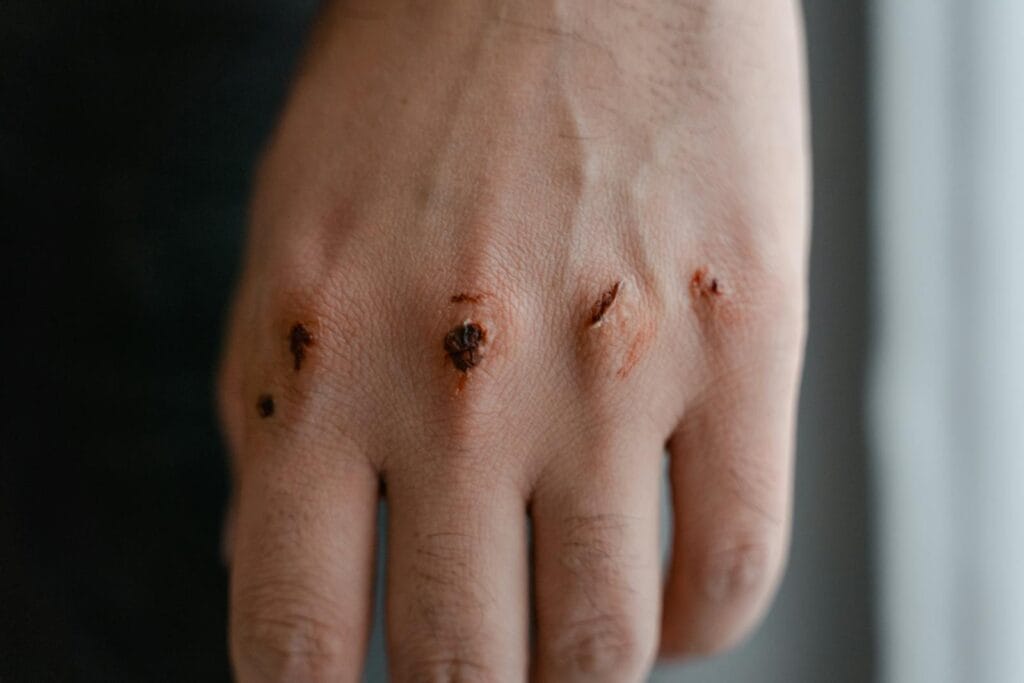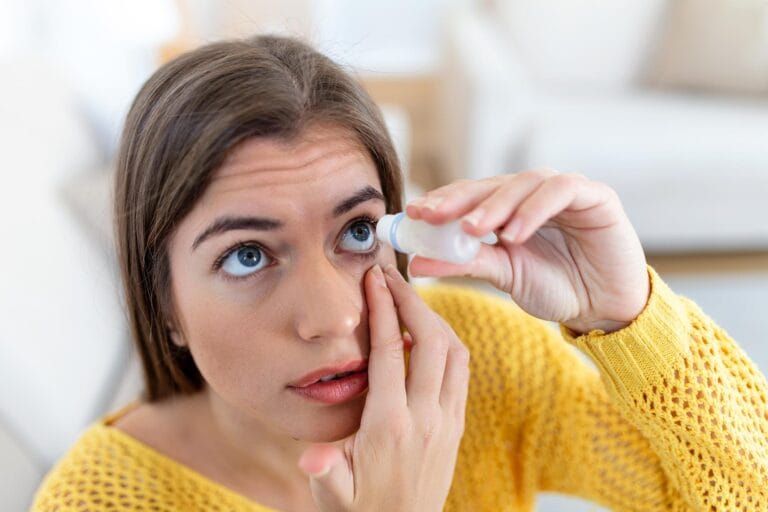
The Importance of Toxicity Test on Antiseptic Wound Products

Toxicity testing is a crucial step in the development and distribution of antiseptic products. One of the antiseptic products that needs to be tested is wound medicine, such as Providone-Iodine, Clorhexidine, and Octenidine. The high toxicity of these products can cause adverse side effects for users, so it is important to ensure that the products to be marketed are safe to use.
Side Effects of Using Antiseptic Wound Products
The use of antiseptic wound medicine is very important to prevent infection in open wounds. However, if the antiseptic used contains toxic ingredients or is used incorrectly, it can cause adverse side effects. Although effective in killing bacteria, some ingredients in antiseptic products can cause irritation to the skin around the wound, especially if used in high concentrations or too often.
The use of antiseptics containing hazardous chemicals can cause skin irritation, such as redness, itching, and peeling. This is especially risky for individuals with sensitive skin or those with certain skin conditions. Some antiseptic wound medicine in liquid or spray form can be dangerous if swallowed, either accidentally or due to misuse.
If the antiseptic is inhaled, especially in aerosol form, it can cause irritation to the respiratory tract, which can potentially trigger coughing, shortness of breath, or allergic reactions in susceptible people. Some active ingredients in antiseptics, such as alcohol in high concentrations, can cause poisoning if swallowed. Symptoms of poisoning can include nausea, vomiting, dizziness, and organ damage.
Read more:
What’s the Best Antiseptic for Open Wounds? Iodine, Peroxides, and More
Toxicity Test of Antiseptic Wound Products

Photo by Mart Production on Pexel
Toxicity testing aims to ensure product safety for users, including identifying potential side effects such as skin irritation, poisoning, or allergic reactions that can occur due to exposure to chemicals in antiseptics. To ensure that an antiseptic is safe to use, various toxicity testing methods are applied, including acute toxicity tests, sub-chronic toxicity tests, and phenol coefficient tests.
Acute toxicity tests
Acute toxicity tests are conducted to determine the harmful effects of a material after a single high-dose exposure with a short exposure time. The effects observed in this test include symptoms of irritation, tissue damage, signs of systemic toxicity, or even death within 24–48 hours after exposure.
Sub-chronic toxicity tests
Sub-chronic toxicity tests are conducted to evaluate the effects of long-term exposure to antiseptic products, usually over several weeks to months. This involves administering low doses over a longer period of time to assess potential side effects. In this test, a tester observes whether long-term exposure causes the accumulation of toxic substances in the body, changes in internal organs (liver, kidneys, lungs, etc.), immune system disorders, or carcinogenic effects (cancer triggers). In addition, this test helps identify the potential for bioaccumulation, which is whether a chemical can accumulate in the body and cause harmful effects over time.
Phenol coefficient test
The phenol coefficient test method is used to compare the effectiveness of antiseptics with phenol as a standard. A product is considered effective if it has a phenol coefficient value of more than 1. This test needs to be done to prevent the use of antiseptics that are too strong and risk damaging wound tissue. Although antiseptics must be strong enough to kill bacteria, if they are too strong, they can cause damage to healthy tissue, slow wound healing, or cause excessive irritation and stinging.
Make sure your antiseptic product has undergone proper toxicity testing before being marketed. Conduct testing in a trusted laboratory to ensure the product is safe, effective, and meets applicable safety standards.
Author: Dherika
References:
Fajriputri, H. (2014). Uji Koefisien Fenol Produk Antiseptik dan Disinfektan yang Mengandung Senyawa Aktif Benzalkonium Klorida (Skripsi, Universitas Islam Negeri Syarif Hidayatullah). https://repository.uinjkt.ac.id/dspace/bitstream/123456789/30031/1/HERA%20FAJRIPUTRI-FST.pdf.
Ivanka, M.D., & Puspitasari, I.M. (2022). Artikel Review: Mekanisme Kerja Bahan Penyusun Utama Antiseptik dan Desinfektan dalam Menurunkan Risiko Penularan Covid-19 Bagi Tenaga Kesehatan di Rumah Sakit. Farmaka, 20(3), 63-74.
Ngan, V., & Vos, A. (2023). Antiseptics. Retrieved from https://dermnetnz.org/topics/antiseptic (Accessed: February 2nd, 2025).



